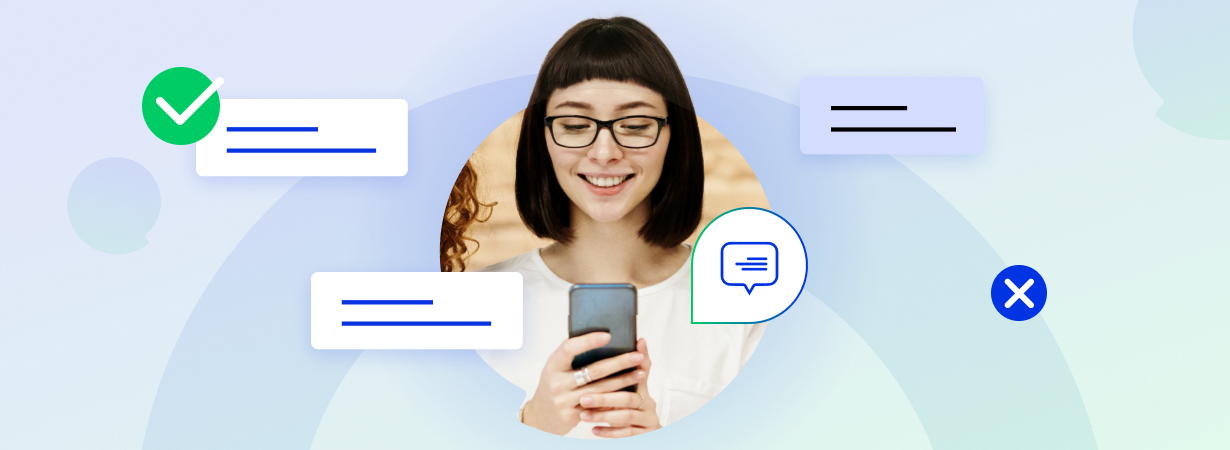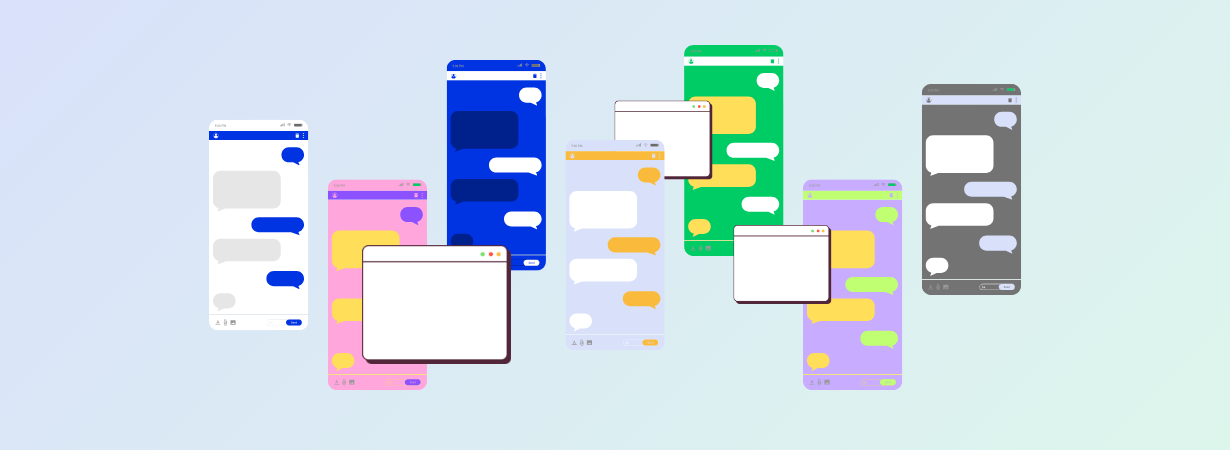The use of chat in serving customers is snowballing, and there is quite a bit of evidence around to understand why. Chat in support is not new – its been around for decades in fact – but the proliferation of chat in recent years is nothing short of astounding.
The rate of adoption is so high that analysts think that the use of chat and other self-service options are gradually cannibalizing and overtaking more traditional phone-based customer service.
Most companies use a multitude of tools to inform and provide service to their customers. These can include email, phone, chat, social media and even paper surveys and newsletters. The primary option for them is generally the one that is not only more convenient, but also less costly to operate.
According to Comm100’s 2019 Live Chat Benchmark Report, overall customer satisfaction rate has increased by 2.42% in 2018 compared to 2017.
Now, while the variety of tools might be a problem in and of itself, is there a clear winner that can be selected?
Recommended for you: The 7 Best AI Live Chat Software for the Most Common Customer Support Use Cases
Is Chat Superior?
Despite many similarities between phone and chat, the latter seems to be taking over in customer service teams in many companies. Perhaps the best way of answering the question of which is better is to see how it compares with phone-based support.
-
Reactive vs. Proactive Support
The first thing to note is the kind of support both channels offer. For phone-based service, it is usually the client who will initiate the call. Outbound calling is available for followups and selling activities, but it is challenging to start a call with a customer that is merely browsing a site! Chat on the other hand offers an ability to launch a “proactive” communication channel. The popularity of this method of outreach in terms of acceptance rate varies significantly by market and industry, but the overall rate is about 6.52% in 2018.
In terms of immediacy and easy access, chat is probably the winner. However, tone and context is sometimes difficult to translate in the written word so this fact needs to be taken into consideration – although, if your team depends heavily on vocal and visual cues in service situations, audio/video chat can be a great tool to complement traditional text-based interactions.
-
The Utilization of Artificial Intelligence (AI) in Customer Service
The incorporation of Artificial Intelligence technology in customer service is one emerging trend that has shown a lot of potential. Companies can significantly improve their operational costs with the use of chatbots, but they have to do it in the right way.
While this positive trend is encouraging, proactive companies need to stay on top of customer service trends as AI is still not able to address every different scenario. Also, some customers will want to be sure that they can chat with a human agent, just to have the personal touch – which is why any chatbot service needs to act as a strong complement to a human-led team, not as a replacement.
-
Immediate Response
How quickly you respond to your customer’s issues is a significant factor in customer satisfaction, and most people will go with options that serve them faster and more conveniently. When chat and phone support are compared, chat is usually significantly faster, not to mention more resource-friendly since agents can take multiple chats at once.
However, chat, like phone support, needs to be staffed appropriately based on peak time demands – as while it is possible for a chat agent to take multiple simultaneous chats, you do eventually reach the point of diminishing returns.
Quality is essential to chat – and it’s a skill to be able to communicate empathetically using just plain text. It’s essential to ensure that your agents are appropriately trained and understand not only what the customer is asking, but also what the customer really means.
-
Keeping Records
Whatever the channel used for customer support, keeping a record of conversations is always essential – for businesses and for customers. Both chat and phone allow the company to retain a record of the conversation, but with chat, you tend to get more detailed information – including translated text, the device used to access chat, and session information. It’s much easier to review a chat transcript than it is a call, and that transcript can be added to other systems and databases simply and often automatically.
Chat analytics and the range of reporting options available also help chat to be continuously improved from the point of implementation. Such information can also be used for the improvement of service among other areas.
-
High-Volume Feedback Management
The management of customer feedback is a critical thing for any company, especially when the volume of that information is becoming overwhelming. When calls become too much of a burden to manage, that often translates to longer waiting times – something that everyone wants to avoid. As a consequence, there will be pressure on the side of the agents and quality of responses might be compromised.
Chat-based support allows for the handling of multiple requests simultaneously, thereby not only eradicating waiting time but also easing pressure on agents.
So, Is Live Chat an Alternative or A Substitute?
It is worth noting that both phone and live chat have their places in the customer service industry, and it is not easy to say that one can be done away with entirely. That makes it safe to say that (right now) chat is an alternative to the phone where the latter doesn’t meet the requirement and expectations of the customers.
Sadly, no single magic bullet addresses all scenarios with 100% accuracy. The data shows that the millennial generation embraces chat and social media to a much higher degree than previous generations, and in fact prefer the anonymous help offered through this medium significantly more.
Summing It Up
There is no denying the fact that live chat is vital and the future seems bright for this channel for customer service. Businesses are still finding their way using the technology but customers are definitely on board with it, and they are embracing it to an ever greater degree.
Among the things that sets live chat apart from the rest is reduced waiting time, easy management by the company, ease of archiving for future use and its effectiveness in marketing since it offers proactive support. Chat won’t work for everything, but not offering it as an option is definitely a mistake.
Powerful live chat software
Offer real-time, personalized, efficient support that your customers and agents will love at 1/3 the cost of voice support.
Learn more
Comm100 Live Chat







